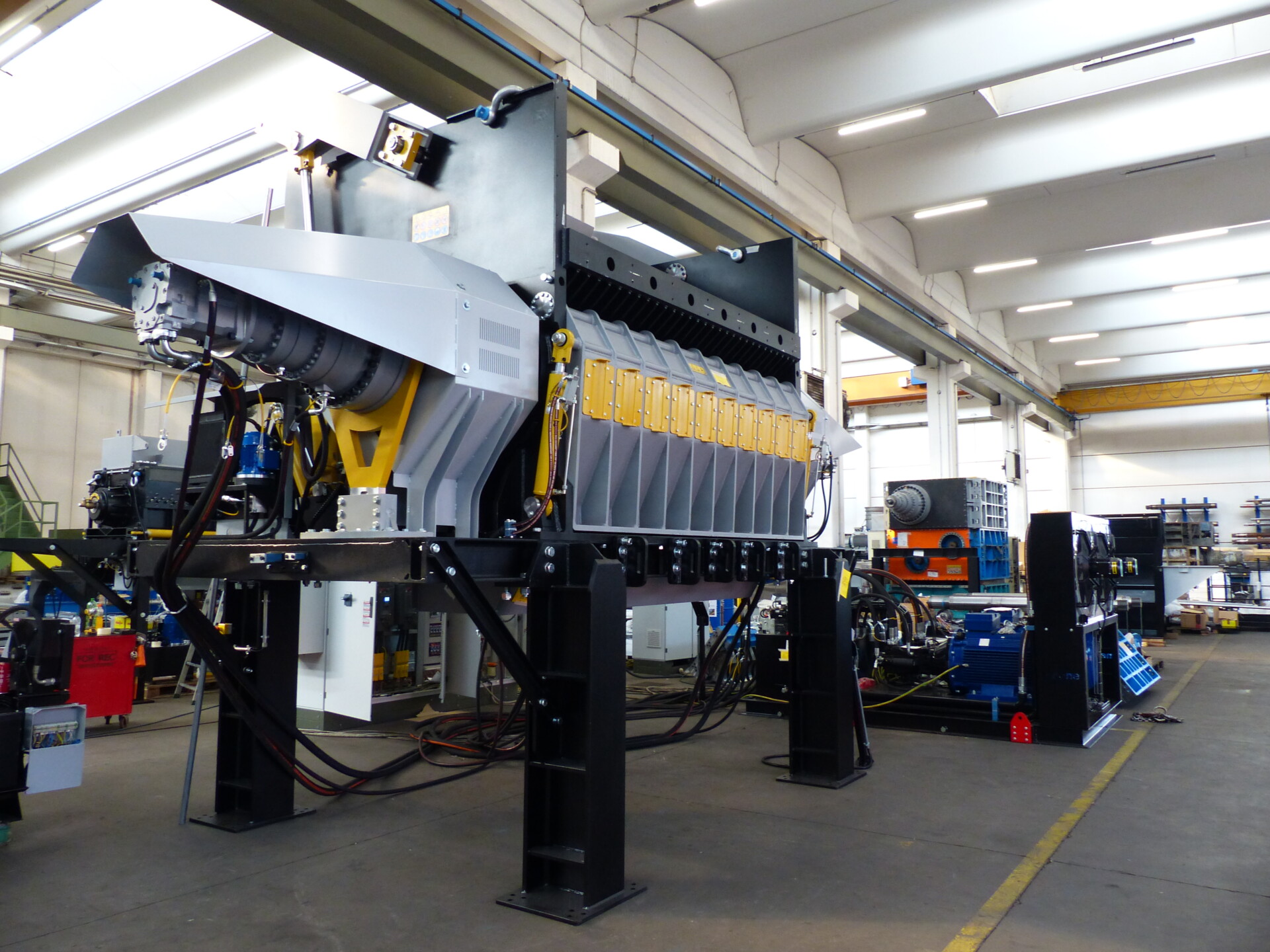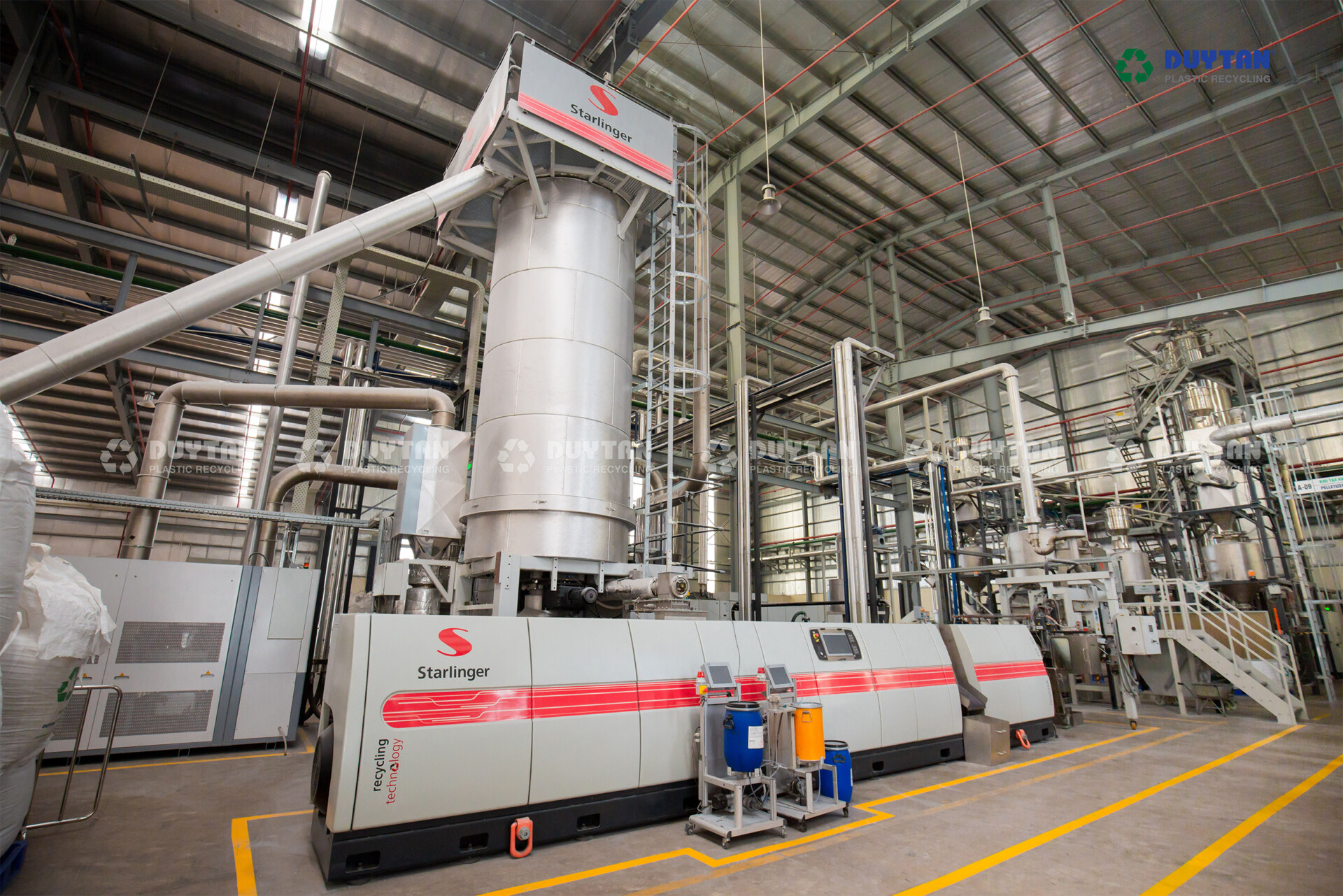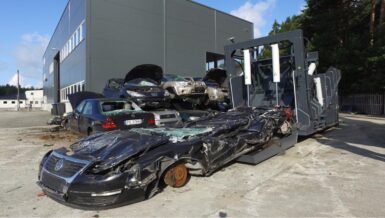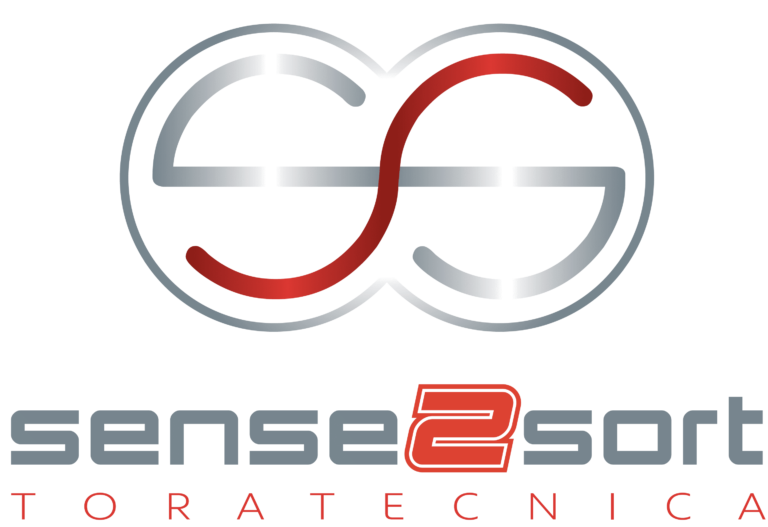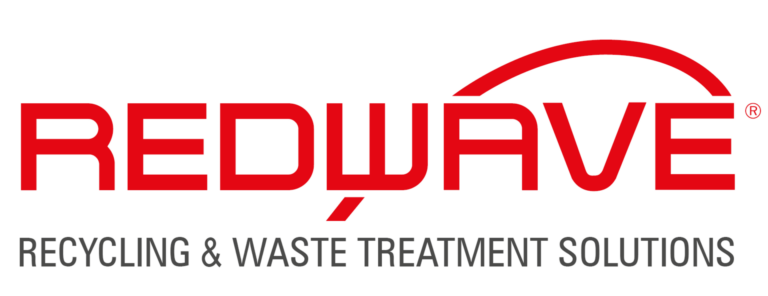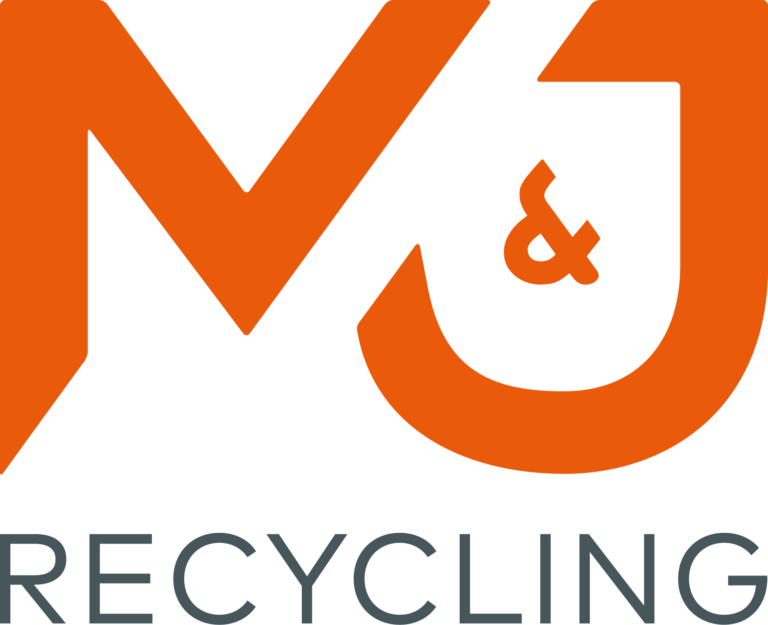This was done at the request of our customer Kok Lexmond which is active in the rubble processing recycling industry. The request was to make the rubble fraction as iron-free as possible in one go.
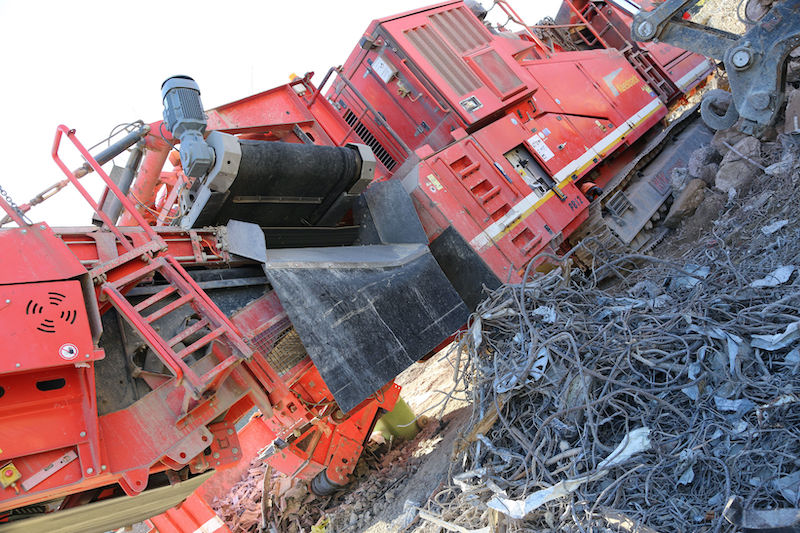
Processing capacity
This mainly concerned pieces of concrete reinforcement steel. The magnet had to have a very deep, strong magnetic field in order to keep up with the considerable processing capacity. The redesigned frame is wider, so the piece of iron remains under the magnet longer. During the design of this type of overbelt magnet, the company’s objectives included minimizing dissipation and thus degradation of the generated magnetic field. This results in maximum deferrization. Such magnets create a clean, valuable iron scrap fraction. Optimum operation of the magnet depends on various factors, such as belt width, installation height, density, replaceability, adjustability and weight savings, aspects that are also important when it comes to service and maintenance.

Permanent and electromagnetic overbelt magnets
Permanent and electromagnetic overbelt magnets are mounted hanging over a conveyor belt and separate iron particles from the flow of material passing below. Goudsmit produces exclusively bipole and tripole overbelt magnets. These generate a high gradient, which means that the magnet configuration exerts even more pulling force on a piece of iron. In most cases a permanent magnet is both a technically and economically favourable choice. This type of magnet saves electricity and therefore has a lower environmental impact. An electromagnetic overbelt magnet is often heavier and sometimes more powerful than the permanent version and more suitable for removing very coarse fractions. It can also be switched off, making cleaning easier. This animation shows how the overbelt magnet works.






